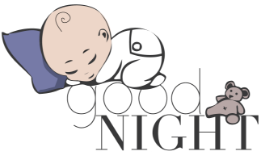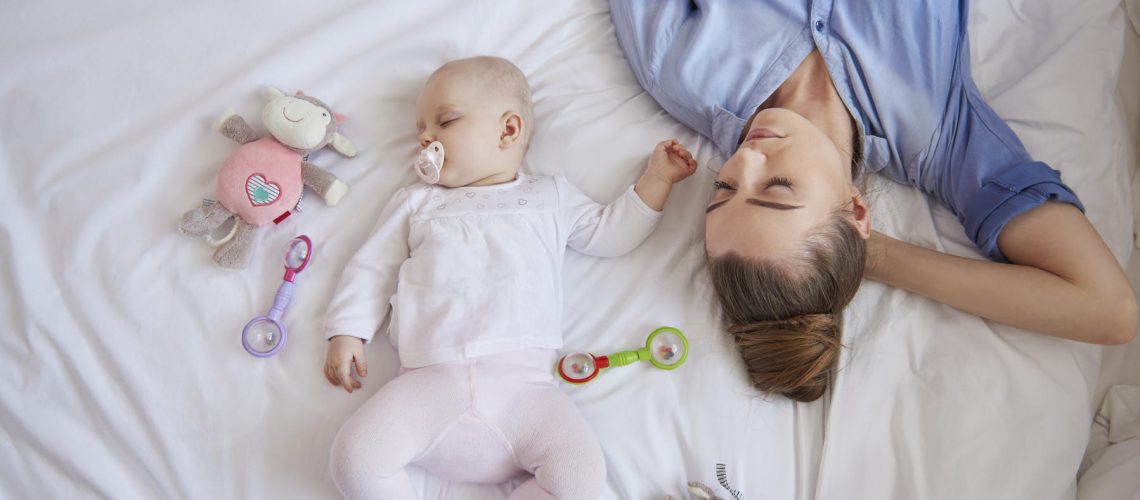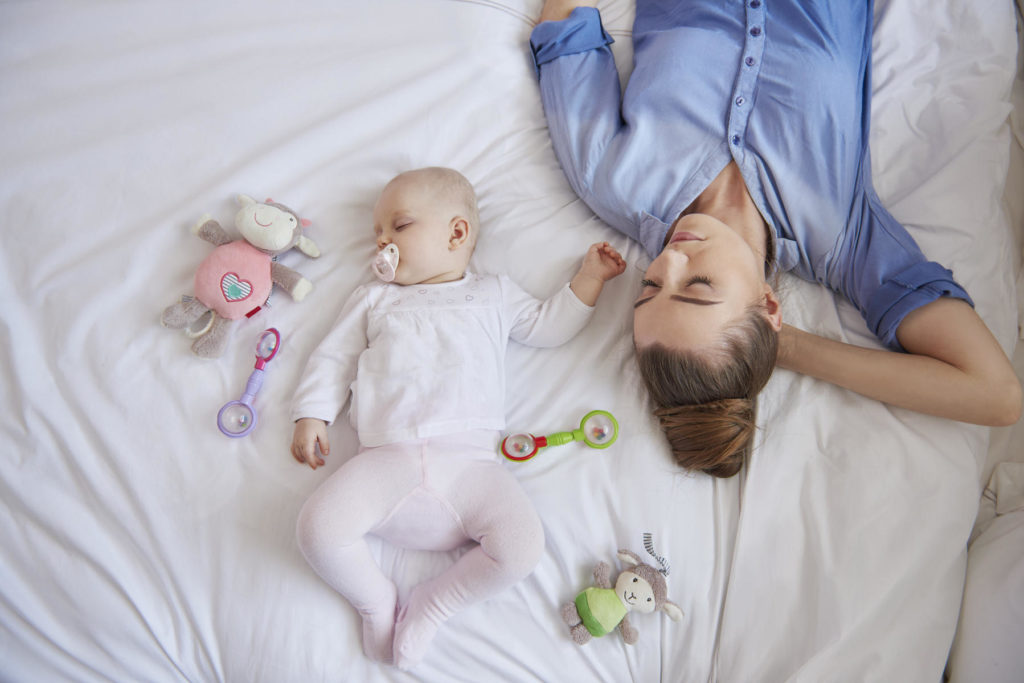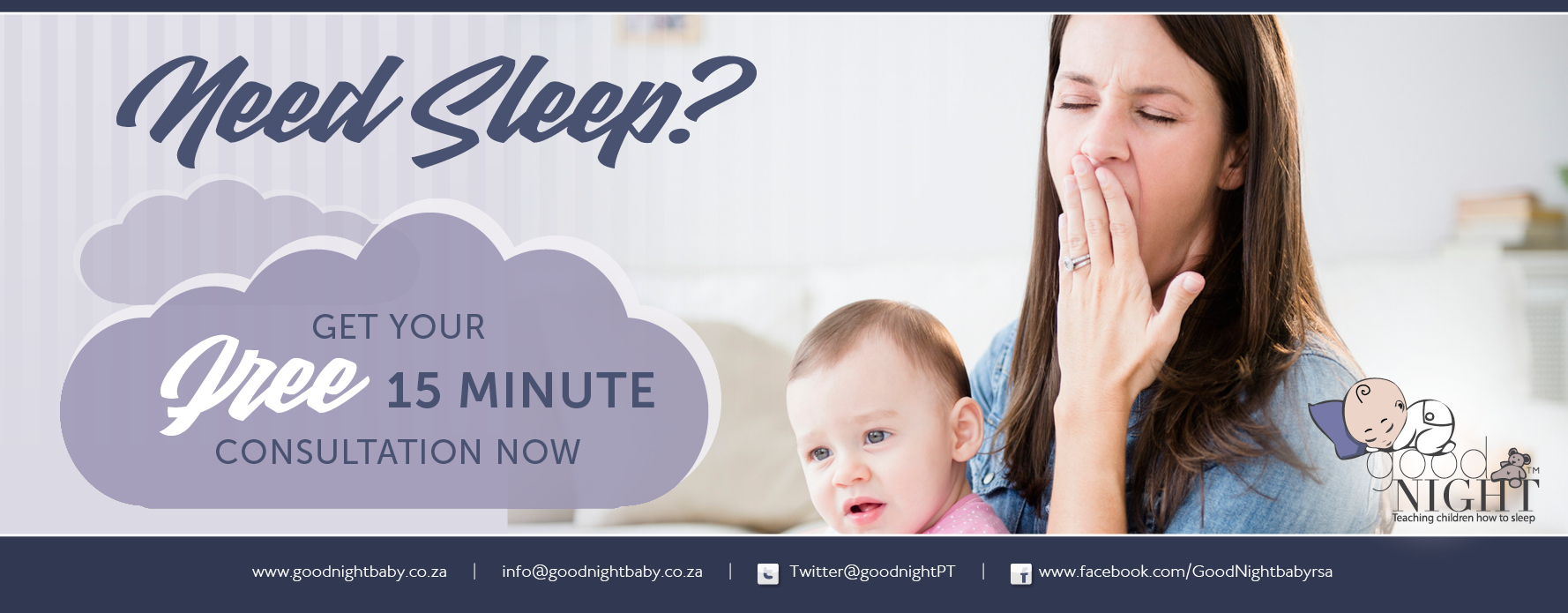As moms, we can often feel helpless when it comes to our babies, especially with their sleep. How can you help your baby get a good night’s sleep? We look for ways to be able to feel in control and positively change our baby’s habits. This is easier said than done and often leads to more excuses than solutions. Creating the optimal sleep environment can be something to help a mom take charge and of course, can be lots of fun!
When it comes to sleep, environmental factors are considered fundamental to good sleep, in truth small changes can make a big difference.
Creating the best environment to help your baby get a good night’s sleep
Help your baby feel safe
The first and most important thing about a good sleep environment is for it to be a safe one. The mattress should be firm and covered by a fitted sheet. You should not use pillows, blankets, sheepskins or crib bumpers anywhere in your baby’s sleep area and always place your baby on his back to sleep.
Safety is also important when you decide where your baby should sleep. It is recommended by the World Health Organisation that your baby sleeps in the same room as you (especially as a newborn) but your baby should not sleep in an adult bed, on a couch or a chair alone, with you, or with anyone else. It is no problem to feed your baby in your bed but once you are done with the feeding, put your baby back in a safe separate sleep area such as a crib, bassinet next to your bed or a safe co-sleeper.
The cot or bed area for a baby’s good sleep
The cot or bed is essential to help your baby get a good night’s sleep. Make sure that you baby understands that the cot or bed is for sleep. Mobiles and toys in or attached to your baby’s cot can send the message that the cot is for playtime, and for playing with these objects rather than sleeping. Giving your little one a feed in their cot strengthens the sleep-feed association so rather feed your baby in the rocking chair in your arms. Don’t be tempted once your baby can hold the bottle themselves to give the bottle to them in their cot, rather do it on a pillow on the floor or in your arms. This also allows for some bonding and cuddle time.
When should you move your toddler from the cot to a bed?
This can be influenced by many factors such as your toddler climbing out of their cot, a new baby arriving or your toddler simply being too big for the cot. Changing to a bed means that you won’t have to worry about your toddler getting hurt if he climbs out of his cot. However, it also means that he’ll be able to move about freely at night, so you’ll need to use safety gates to keep him away from any area of your home that isn’t childproofed.
A key factor in how human sleep is regulated, is exposure to light or to darkness. When it is dark our bodies naturally produce melatonin. Sunlight and artificial indoor lighting can be bright enough to prevent the release of melatonin.
Be sure to make your child’s room as dark as possible when it is time to sleep. Naps can also be taken in a dark room for 8 weeks to assist with the production of melatonin. Block out curtains or blinds can help extend naps and prevent early wake ups.
- A night light is only needed if your child asks for one, then choose one that does not project blue light. While the light of any kind can suppress the secretion of melatonin, blue light at night does so more aggressively. You might want to get
- Breastfeeding moms should use a dim nightlight when feeding to help baby and herself fall asleep better after the feed. Once again rather choose a light that does not project blue light.
Let white noise help your baby get a good night’s sleep
Just like adults most babies sleep better when it is quiet. It is a widespread myth that if you allow your baby to sleep anywhere they will become toddlers who can sleep anywhere. This idea has far more to do with temperament. Just like some adults can sleep anywhere most can’t, and so some babies can sleep anywhere but most need peace and quiet.
White noise can be especially helpful with newborn babies as they spend 9 months in an extremely noisy womb and the silence can be very distressing for them. White noise can also help in a noisy environment for older babies to filter out dogs barking, dads getting ready for work or older siblings running around.
- Be sure to choose white noise with continuous sound throughout the night or nap because a white noise machine with a timer can be disruptive to sleep.
- Choose a device that does not project light, because (as mentioned before) light inhibits the production of melatonin.
The right temperature for a baby to get a good night’s sleep
Babies cannot regulate their body temperature as easily as adults and thus the correct temperature is even more important when babies sleep.
- An ideal temperature for baby’s sleep is between 19 and 21 degrees C.
- During South African summers try to keep a child’s room cool with air conditioning or a fan.
- Sleeping bags help to maintain an even temperature throughout the night and keeps your baby warm when temperatures drop in the early morning.
Setting up your baby’s room is loads of fun and now it will also help set the stage for good night’s sleep.
References
- http://sleeplady.com/baby-sleep/4- steps-to- setting-up- a-sleep- friendly-environment/
- https://sleepfoundation.org/sleep-topics/melatonin- and-sleep
- https://www.nichd.nih.gov/sts/about/environment/Pages/look.aspx
- https://www.nichd.nih.gov/sts/about/risk/Pages/reduce.aspx
- http://goodnightbaby.co.za/shop/no-blue- light-night- light/
- http://www.health.harvard.edu/staying-healthy/blue- light-has- a-dark- side
- http://www.babycentre.co.uk/x558183/my-toddlers- climbing-out- of-his- cot-is- it-time- for-a-
bed
#sleeptraining



